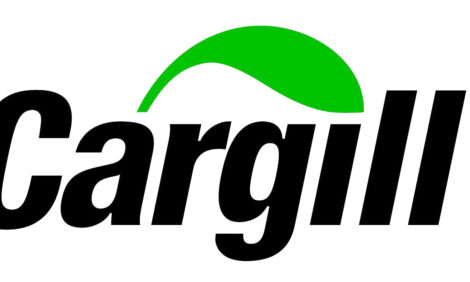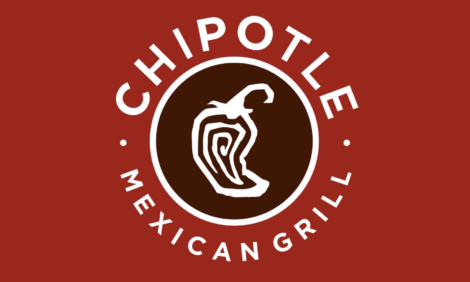



Embrapa Debates Impacts of EU Welfare Legislation
BRAZIL - The impact of new European legislation on animal welfare, which takes effect in 2013 prohibiting the housing of gestating sows in pig cages, was the main topic of discussion of this year's meeting of InterPIG, held in Horsens, Denmark.The InterPIG is a network involving research institutions, associations of representation, government agencies and consulting firms from major pork producers.
Brazil, the only country in Latin America that is part of the network, was represented by Marcelo Miele researcher at Embrapa Swine and Poultry (Concord / SC), agricultural research company linked to the Ministry of Agriculture, Livestock and Supply.
The meeting also addressed the effects that other changes, such as the material used for the floor of the premises and a reduction in antibiotic use may have on European pig chain and its influence, albeit indirect production costs.
"The entry into force of the new legislation should reduce European production, thus increasing the price of pork. This would lead to the opening of a space for import into the European market to which Brazil should be aware, although the EU should prioritise the purchase the countries of the eastern continent as Poland, Romania and Hungary," says researcher, Marcelo Miele.
In relation to production costs submitted by each country present at the meeting, showing data for the last year, Mr Miele highlights that Brazil presents, alongside the United States, the lowest values. "With the exception of veterinary inputs, all other items of costs in Brazil are lower. Those who most influence this difference are the power, the main factor of competitiveness; depreciation and cost of capital, manpower and electricity," he said.
Other preliminary comparative data relating to 2011 show that pig production in Mato Grosso shows feed costs similar to those of Canada (160 and 163 dollars per tonne of live weight, respectively) and Santa Catarina with the most competitive European countries such as Denmark , Holland and France (168, 170, 175 and 178 dollars per tonne of live weight, respectively).
Note the very low cost power informed by the US of $148 per tonne of live weight, which gives the world leader in costs in 2011 (US$218 per tonne of live weight, while Santa Catarina and Mato Grosso follow in second and third place, with 225 and 235 dollars per tonne of live weight, respectively). The average cost of smaller European countries stood at $287 per tonne of live weight.
In the meeting participated this year, and Brazil, representatives of institutions from Austria, Belgium, Canada, Denmark, Spain, USA, France, Holland, Ireland, Italy, Sweden and the UK, who discussed ways to harmonize methodologies calculation of production costs, facilitating the comparison of the main world producers, and support studies of competitiveness between countries.






